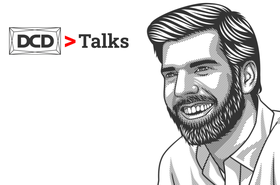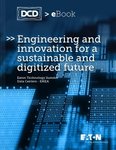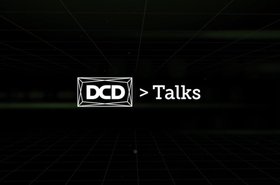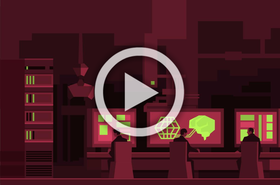Energy use and sustainability really run hand in hand. In centralized data centers, keeping on top of one or the other (or both) is reasonably simple. But what about when you run distributed Edge facilities?
It is this that we talked about with Eaton’s director of offer management, Mike Jackson, in our latest DCD>Talk, and while it is perhaps more complex on the face of it, distributed Edge energy management can actually be simpler than you think – provided the data is available.
“There's this really interesting dichotomy when you look at data center performance and sustainability; they are not metrics that move in the same direction,” explains Jackson.
“Typically, if you're increasing performance, you're either increasing power draw or you're doing something that goes against sustainability. So I think when we talk about sustainability, we really need to look at how we pull the right levers to increase performance, but at the same time put things in place that allow us to do that with less energy.”
But when working with several smaller facilities in a variety of locations, this involves considering each facility’s unique needs: its cooling requirements, demand, and connectivity requirements, all while trying to comply with increasingly strict regulations.
Because of this, gathering data from these sites is increasingly important, and according to Eaton, can even be used to tactically reduce the time equipment is running unnecessarily.
“The latest regulations we're seeing, they want things done before winter. So, our teams are out there today talking to Edge customers saying, if these are operator-specific, meaning if your staff is not there, you don't need to be operating that Edge environment, we have solutions today where we can schedule shutdowns.
“If you have this compute, storage, and a network that doesn't necessarily need to be operating say, after 6 pm and before 8 am, we can implement solutions that can gracefully shut down that entire infrastructure when your staff leaves, and bring it back up when it's ready to be used by that staff.
“Again, if you have hundreds or thousands of sites that can be shut down and not draw power for half of the day, that's a significant reduction in energy. Part of sustainability is the raw numbers of what you're using. But it's also how are we being good stewards in the communities in which we're operating. Of course, core data centers have a big impact but all of these Edge locations also have a huge impact.”
In order to gather this data, facilities of course need to be digitized, be it through software or sensors. For example, through using Eaton’s Brightlayer Data Centers suite. Once this information has been collected, intelligent decisions can be made about energy, whether it needs to be used at all, or where it should come from.
“We have our energy-aware UPS and controller where we're looking at not only data signals coming from utilities, but also the state of the data center itself so that we can make an intelligent decision over whether this data center should be running on battery power right now.
“There are lots of energy sources that can be used. We need to know when it’s the right time to use the right one that impacts the overall grid and the overall power draw of that data center.”
To find out what other data Eaton’s Brightlayer Data Centers suite can collate, as well as the automation possibilities, listen to the full DCD>Talk here.





